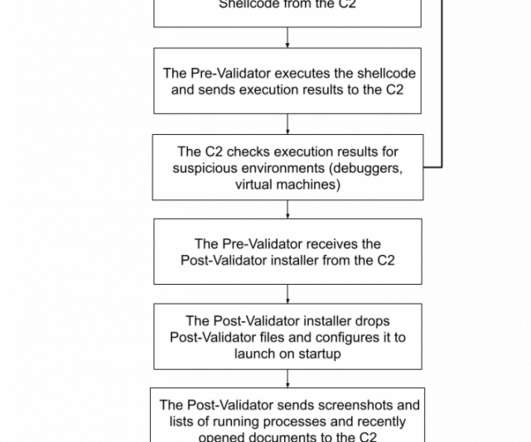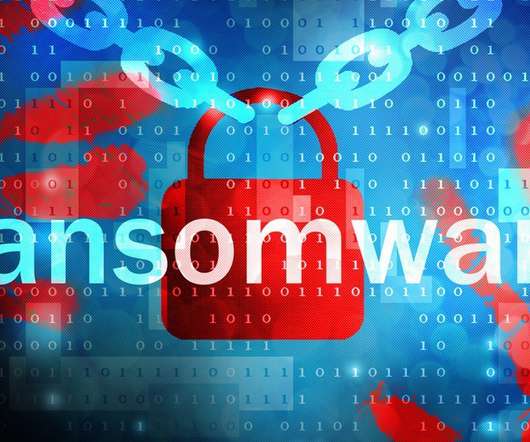IT threat evolution Q3 2021
SecureList
NOVEMBER 26, 2021
In June, more than six months after DarkHalo had gone dark, we observed the DNS hijacking of multiple government zones of a CIS member state that allowed the attacker to redirect traffic from government mail servers to computers under their control – probably achieved by obtaining credentials to the control panel of the victims’ registrar.












Let's personalize your content